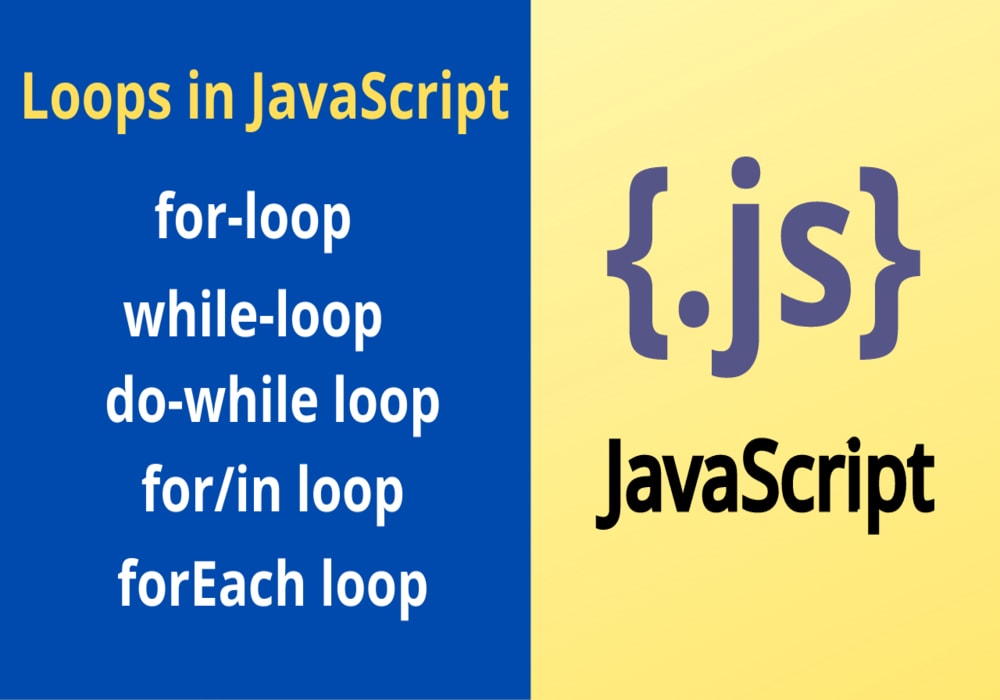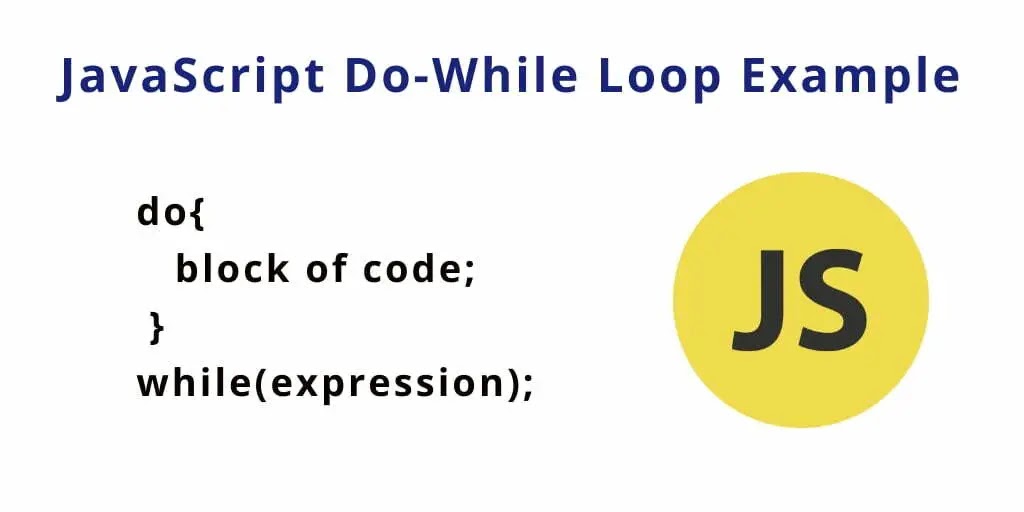Introduction:
javascript. underscore js. ecma script. function in javascript. function. quadratic formula. integral calculator. homeostasis. js. square root. x * x * x is equal to. quadratic equation. x * x * x is equal to 2. trig identities. slope intercept form. square root of 4. exponential function. fft. trigonometric identities. JavaScript is a powerful programming language that enables dynamic and interactive web development. In this blog post, we will explore key topics in JavaScript, providing clear explanations, syntax examples, and the usage of types for enhanced code clarity and correctness.
1. Variables and Data Types:
Variables store data values, and understanding data types is essential for effective programming. Learn about different data types in JavaScript, including strings, numbers, booleans, arrays, objects, null, and undefined.
 |
| primitive-data-types |
2. Functions:
Functions encapsulate reusable blocks of code. Explore function definitions, parameter types, return types, and function expressions.
in JavaScript, functions are first-class objects, because they can be passed to other functions, returned from functions, and assigned to variables and properties. They can also have properties and methods just like any other object1. JavaScript has four kinds of functions:
- Regular function: can return anything; always runs to completion after invocation.
- Generator function: returns a Generator object; can be paused and resumed with the yield operator.
- Arrow function: a shorthand for writing a function expression; does not have its own this, arguments, super, or new.target keywords.
- Method: a function that is a property of an object.
You can learn more about JavaScript functions from the following resources:
 |
| JavaScript Functions |
Syntax example:
```javascript
// Function declaration
function greet(name: string): string {
return "Hello, " + name + "!";
} ```
// Function expression
const multiply = function(a: number, b: number): number {
return a * b;
};
// Arrow function
const square = (num: number): number => num * num;
```
3. Conditional Statements:
Conditional statements allow for decision-making in code execution. Understand if-else statements, switch statements, ternary operators, and their usage with types.
Syntax example:
```javascript
let num: number = 10;
if (num > 0) {
console.log("Positive number");
} else if (num < 0) {
console.log("Negative number");
} else {
console.log("Zero");
}
switch (typeof num) {
case "number":
console.log("It's a number");
break;
case "string":
console.log("It's a string");
break;
default:
console.log("It's not a number or string");
break;
}
let result: string | number = num > 0 ? "Positive" : 0;
```
4. **Loops:**
Loops are used to iterate over data or repeat code execution. Explore for loops, while loops, do-while loops, and their application with types.
Syntax example:
```javascript
// For loop
for (let i: number = 0; i < 5; i++) {
console.log(i);
}
// While loop
let count: number = 0;
while (count < 5) {
console.log(count);
count++;
}
// Do-while loop
let x: number = 1;
do {
console.log(x);
x++;
} while (x <= 5);
```
5. Arrays:
Arrays store collections of data. Learn how to create arrays, access elements, and perform common operations using array methods.














0 Comments